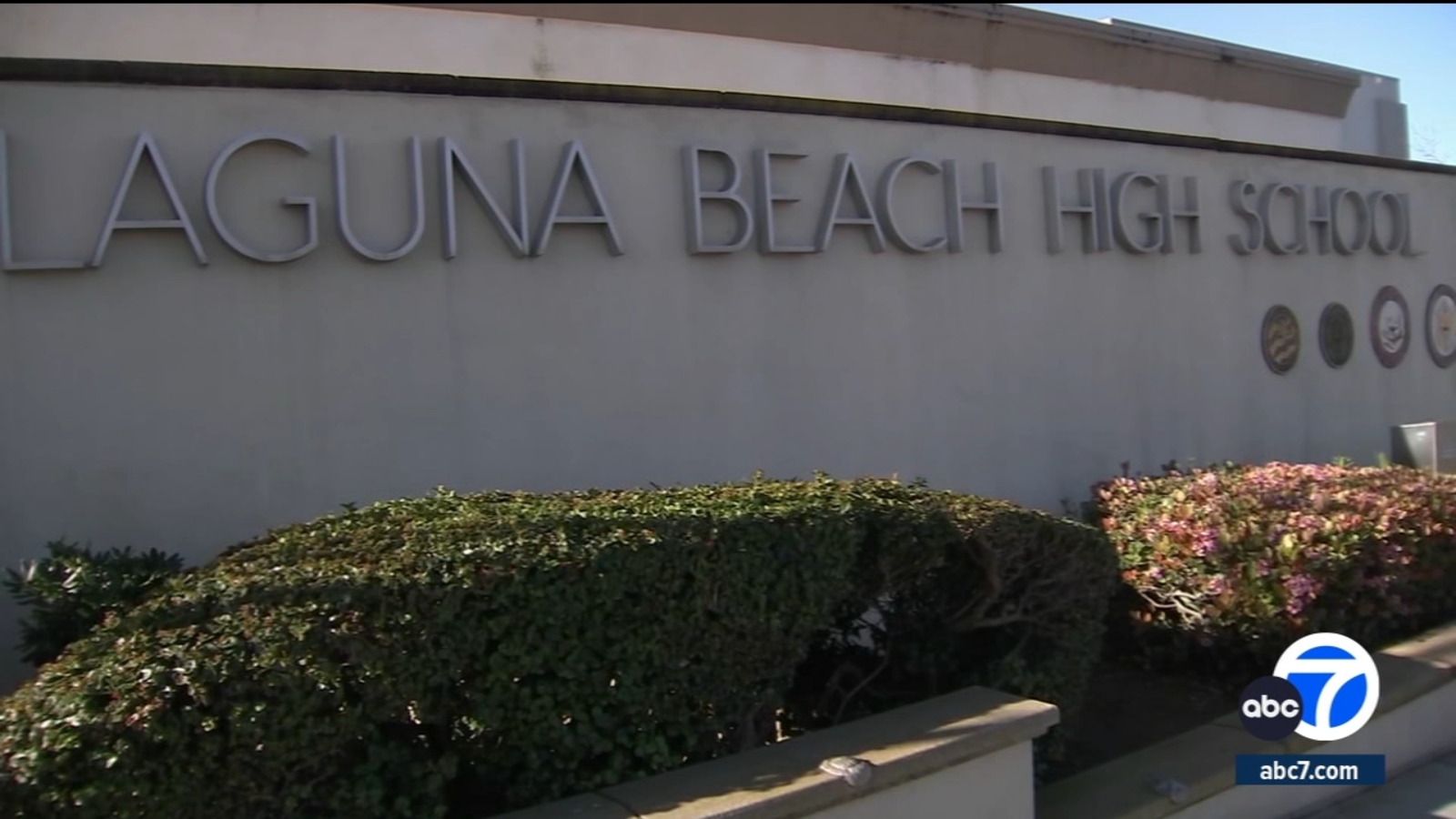Tech experts, legislators, and various public figures have consistently raised concerns regarding the risks associated with artificial intelligence, particularly in the realm of manipulated or counterfeit news sources. Consequently, educational institutions have initiated a drive towards enhancing media literacy within classrooms, a movement that has now extended to legislative bodies at both state and federal levels.
The focus of these educational initiatives is primarily on equipping students with the skills to discern disinformation and misinformation propagated by AI. This emphasis is deemed crucial by educators, especially in anticipation of the 2024 presidential election. However, the significance of media literacy transcends political motives. According to Media Literacy Now, the contemporary social media platforms utilized by individuals, particularly children, can have severe and even life-threatening repercussions. These include issues such as cyberbullying, online radicalization via gaming platforms, sextortion, as well as emerging physiological and neurological impacts that are still being comprehended.
In response to the surge in AI-generated online content, at least 18 states have enacted legislation mandating the inclusion of media literacy education in school curricula, as reported by Media Literacy Now. Moreover, a bipartisan pair of congressional representatives has introduced a bill aimed at broadening these efforts on a national scale.
Current Landscape of Media Literacy Initiatives
The 18 states that have already integrated some form of media literacy instruction have adopted diverse approaches, as outlined by Media Literacy Now. Delaware stands out for setting a high standard by requiring the state Department of Education to develop media literacy standards for K-12 classrooms, which schools must adhere to. These standards are designed to foster robust digital citizenship and ensure that all students receive comprehensive guidance on navigating media platforms securely. Similar mandates for media literacy education have also been implemented in New Jersey.
These pioneering states have recognized the importance of educating K-12 students about the creation of content, aggregator websites, algorithms, and the monetization of information, areas that were previously overlooked in traditional education systems. Olga Polites, a former English teacher and leader of Media Literacy Now’s New Jersey chapter, emphasized the necessity of integrating both the hardware and software aspects of the media industry into educational curricula.
Furthermore, states like Florida, Ohio, California, and Texas have passed legislation on media literacy, with Texas requiring each school district to include digital citizenship instruction. While some states have introduced media literacy laws in a more subdued manner, Illinois, for instance, mandates high schools to provide media literacy instruction starting from the 2022-2023 academic year. Additionally, a law addressing internet safety education for third graders and above was passed in 2009.
The reception of media literacy education among students in these states has been largely positive. Lisa Manganello, a school librarian from New Jersey, highlighted the non-partisan nature of media literacy, emphasizing the importance of validating opinions with factual information and promoting information literacy as a fundamental aspect of education.
National Initiatives for Media Literacy
Despite the individual efforts of states to combat AI-driven misinformation, there is currently no federal framework for teaching media literacy. However, there are ongoing endeavors in Congress to address this gap. In 2023, Rep. Lisa Blunt-Rochester (D-Del.) and Rep. Larry Bucshon (R-Ind.) introduced the bipartisan AI Literacy Act. This proposed legislation aims to institutionalize AI literacy as a pivotal component of digital literacy and create avenues for its integration into existing educational programs.
Moreover, the bill underscores the significance of AI literacy for national competitiveness, advocating for its support across all levels of education and mandating annual reports to Congress on the progress of this initiative. Despite its introduction, there have been no substantial developments regarding the bill’s advancement.










